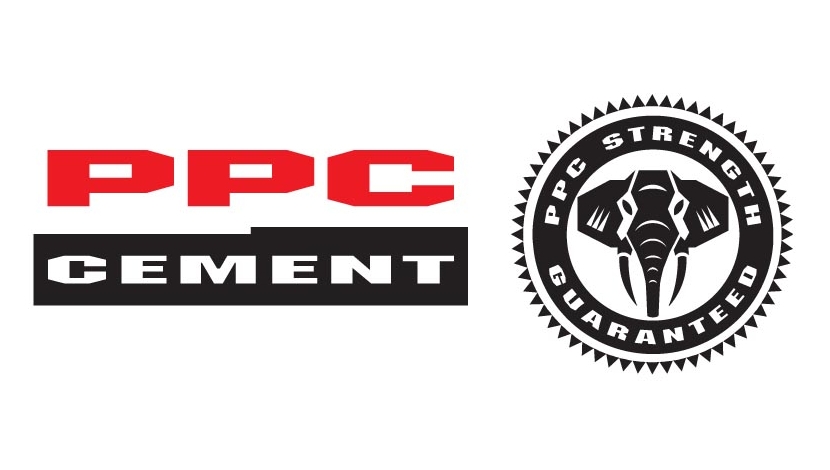

PPC plans “a semi-brownfields plant”, mostly built with its own money and little bank credit.
PPC, the listed cement and lime producer, is planning to build a new mega factory in the Western Cape.
Johan Claassen, the interim chief executive of PPC, said PPC would probably make a formal announcement about new capacity in the Western Cape next year.
Claassen said PPC had decided to do a feasibility study on a larger than previously planned plant at its Riebeeck plant.
He said PPC had an approved environmental impact assessment (EIA) under the previous scope for the plant, but would have to go through the process again under a revised scope. “What has changed is that we thought at the time we would run De Hoek and Riebeeck. But the better way of doing it will be to build a bigger plant at Riebeeck and mothball De Hoek in the meantime. When you require De Hoek, you start it up again.
“That required a different size of plant and that is why we are in the EIA phase right now,” he said. In 2010 PPC cut back on a planned capacity expansion project in the Western Cape by a third and extended the time frame because of weak demand.
Claassen said it would be “a semi-brownfields” plant, adding a true brownfields plant was when about 50percent of the equipment of the old plant was used. In this instance, PPC would probably only use about 25percent of the equipment in the Riebeeck plant, he said.
“It’s not a traditional $230 (R3190) per installed ton equipment plant but something less, probably south of $200, which is good from a capex point of view,” he said.
‘Gladly’ finance
Claassen said banks that PPC had already spoken to had indicated that they would “gladly” finance the project. However, he said there was “actually a chance that we would not borrow that much” if PPC realised the envisaged debt maturity profile it was currently working on and continued generating the cash in its South African operations.
PPC’s confirmation about the planned new mega plant comes at a time when there is still excess cement capacity in the South African market, which together with low demand has depressed prices.
This has resulted in increasing pressure on the various domestic producers and moves towards consolidation in the industry.
But Claassen confirmed that PPC had achieved a 2percent increase in cement selling prices in the six months to September and average selling prices were “slowly but surely creeping up” while imports had stabilised.
He said the need for additional cement production capacity would also be driven by the estimated three million tons a year cement industry capacity that, by 2020, would not comply with emissions regulations.
Even at pedestrian growth, the industry would be running at high capacity, suggesting that additional capacity would be required by 2020, he said.
Claassen added that PPC was the only domestic producer that would be commissioning new capacity in this period, with its Slurry SK9 plant in the North West scheduled for commissioning in the first half of next year.
“If we (PPC) or somebody else do not do something, South Africa may run out of cement capacity.” Claassen said PPC could also increase its capacity quite easily by doing some work on its materials handling system at Dwaalboom.
Shares in PPC remained unchanged on the JSE yesterday to close at R6.75.





